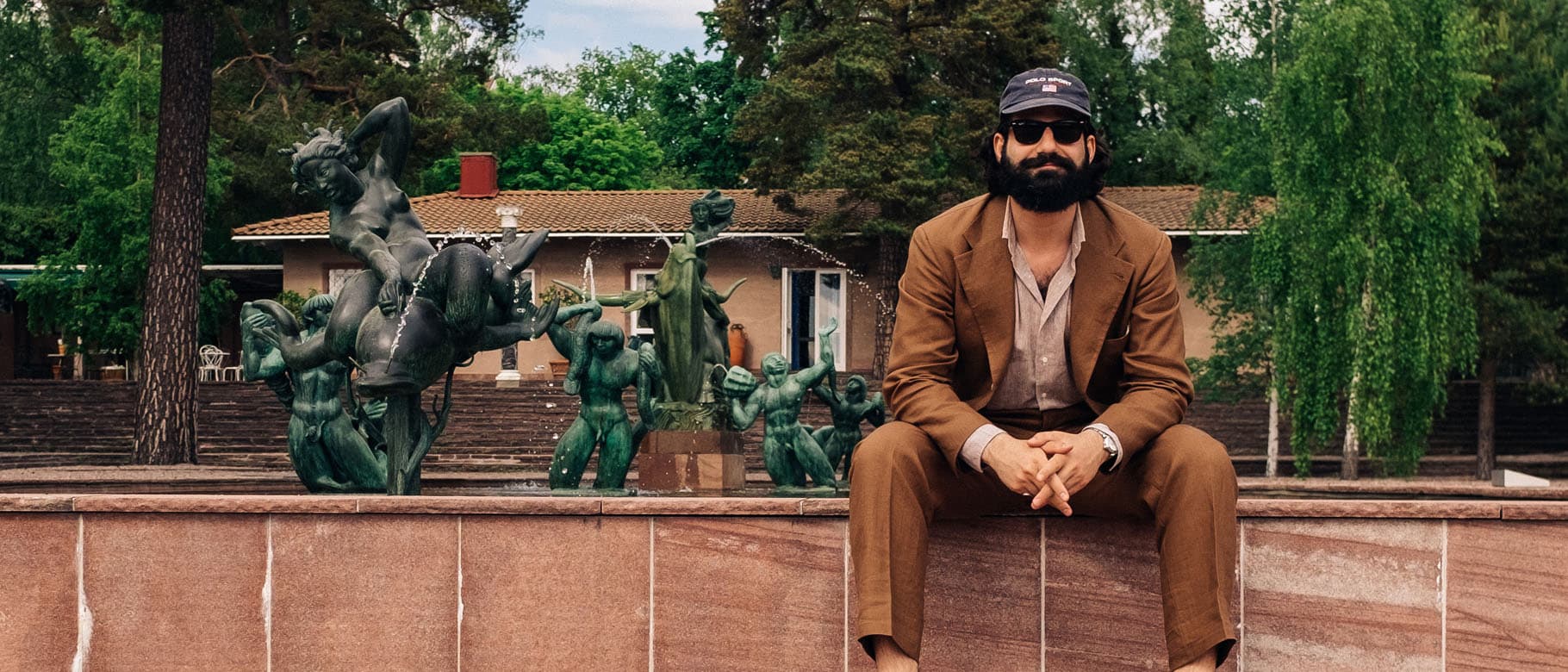

The last 12-months have been an interesting time for Milad Abedi. The Iranian born, Stockholm dwelling photographer has been reassessing his approach to his work.
“The word ‘photographer’ is thrown around a lot these days, but with modern technology anyone can take a good photo – it’s really not that hard. So, I’ve been trying to think about what separates a professional photographer from a ‘content creator’.”
Abedi is 29-years-old. He started shooting as a student in Stockholm, while studying architecture. To earn some extra spending money, he started to photograph club nights and social events on the hoof, and this instinctive, quick-fingered training ground has stood him in good stead for his photography career. When he’s not shooting editorials or campaigns for fashion brands, you’ll find him outside the gates of the Fortezza da Basso in Florence, snapping the hordes of well-dressed men strolling into Pitti Uomo, or pacing through the streets of Milan to hunt fashionistas attending catwalks shows.
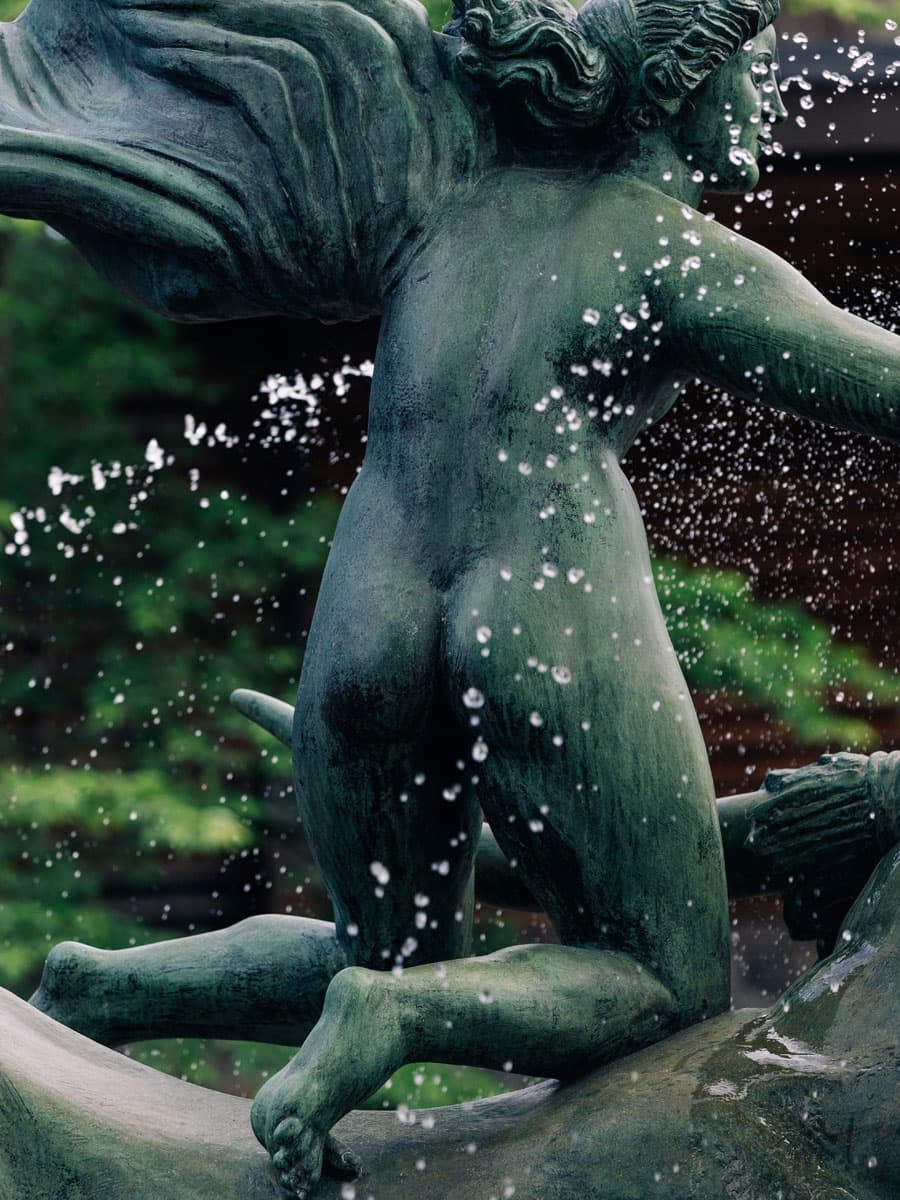
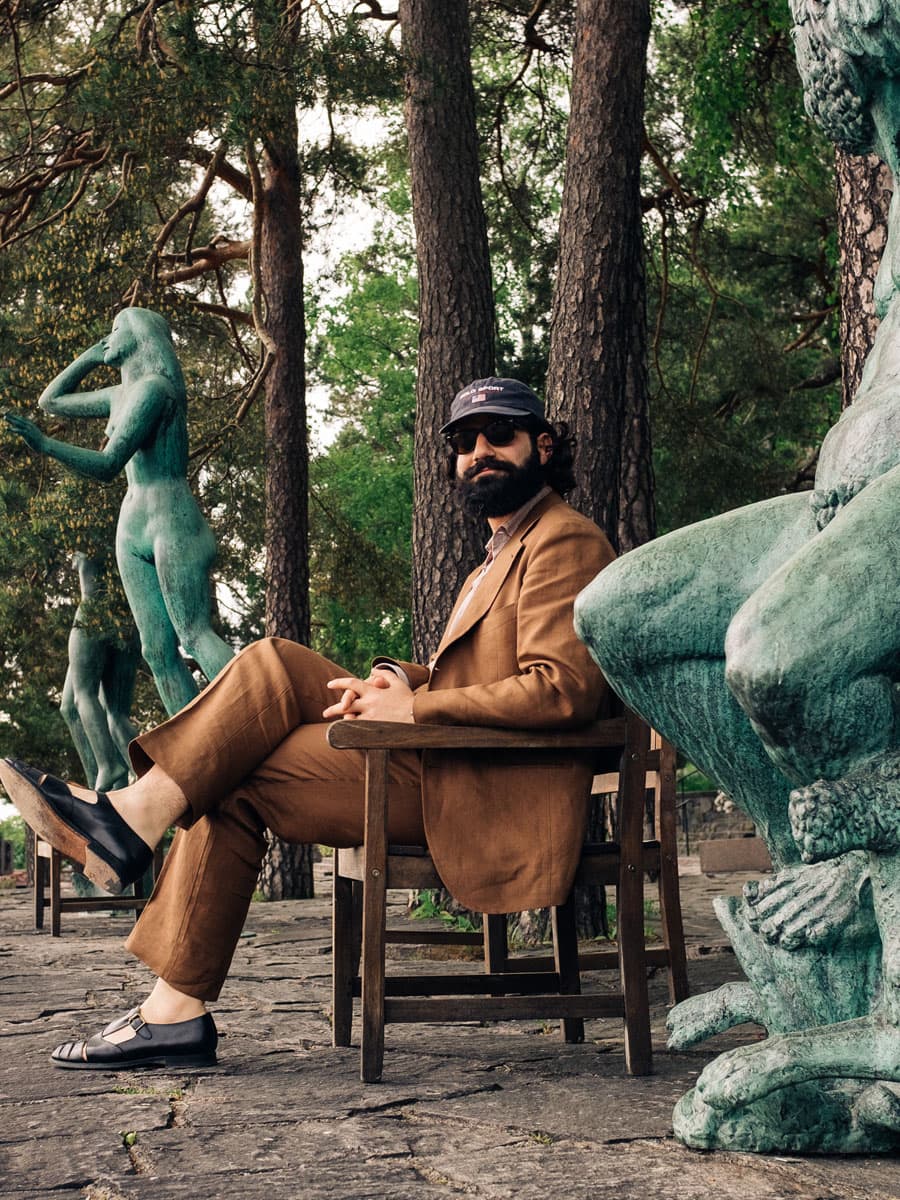
This is a refreshing thing to hear. If you’re reading this as a fellow ‘menswear-head’, like me you’ll probably feel there’s a lot of content out there that doesn’t add to the conversation about style or what makes clothes special. For his part, Abedi has made it his mission to define a visual identity that sets his work apart as a meaningful exploration of men’s style, rather than fashion photography for its own sake.
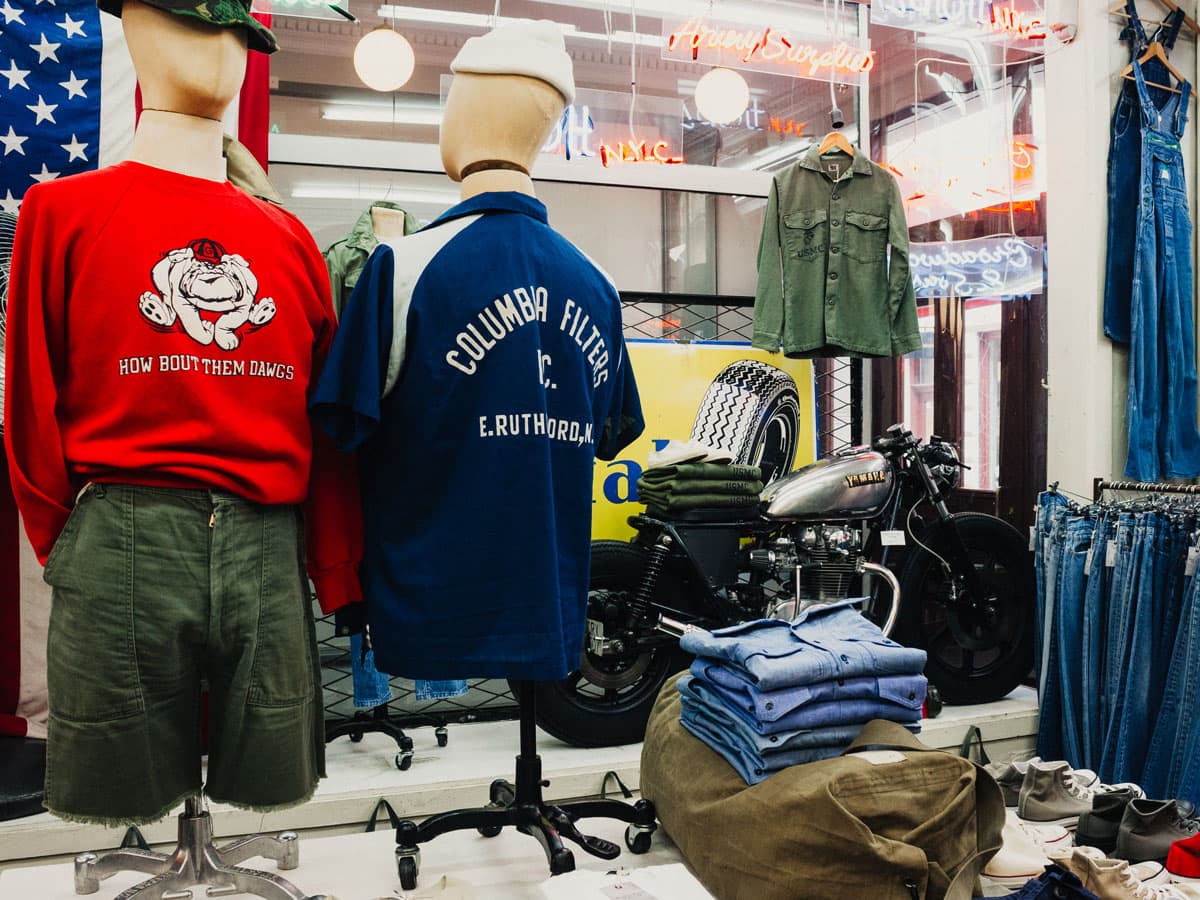
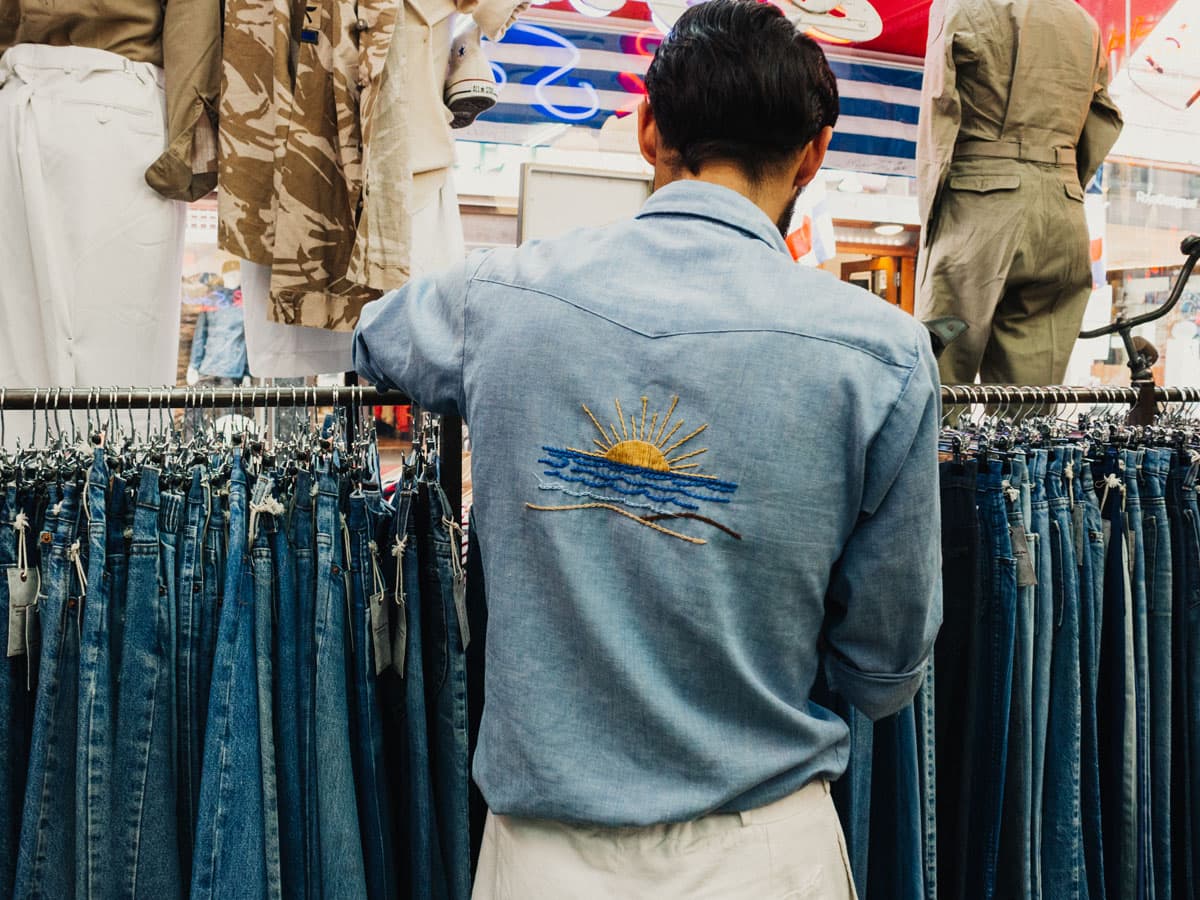
“I’ve always admired those photographers who develop a storytelling style that’s very particular,” he says. “Robert Spangle is a great example; his photography isn’t just about technical form, it’s about documentary moments and telling visual stories.” Abedi’s recent work for Ralph Lauren was the ideal opportunity flex his photographic muscles in this direction. The brand commissioned him to capture the first ever dedicated Purple Label presentation at Milan Fashion Week in January 2020. Suffice to say it was a dream come true.
“Funnily enough, that came about when I was on holiday in Milan just a couple of months before the shoot took place. I opened up my emails and there was a message from a producer at Ralph Lauren asking me to shoot for them. At first glance I thought it was a fake email from a friend playing a trick. But, it worked out and I shot the brand’s 25th anniversary Purple Label collection back during Milan Fashion Week. It was a big moment for me.”
Take a look at the imagery Milad captured, and you’ll understand his point about storytelling. These shots convey the heroic and dreamlike quality of Ralph Lauren’s personal vision. You can sense the philosophy that underpins each photograph – much like in his street style photography.
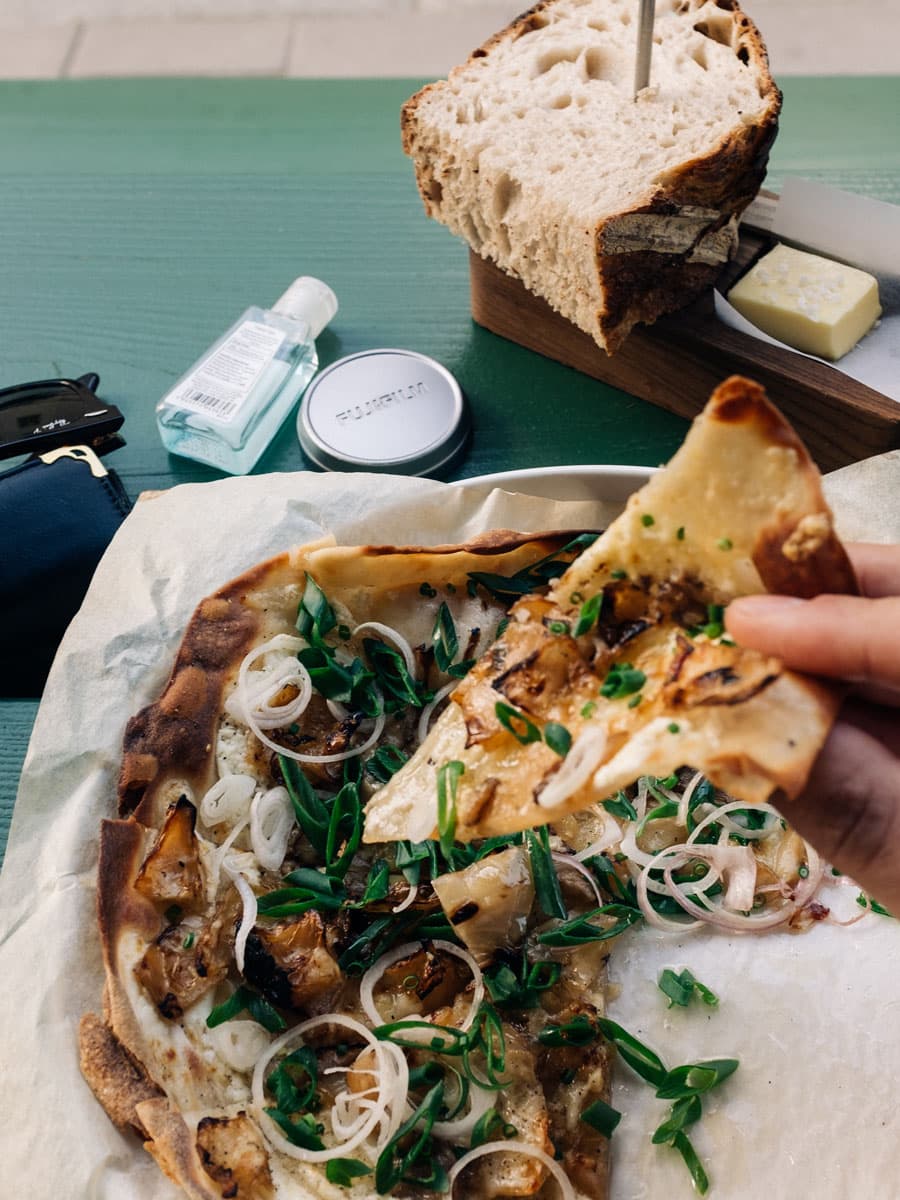
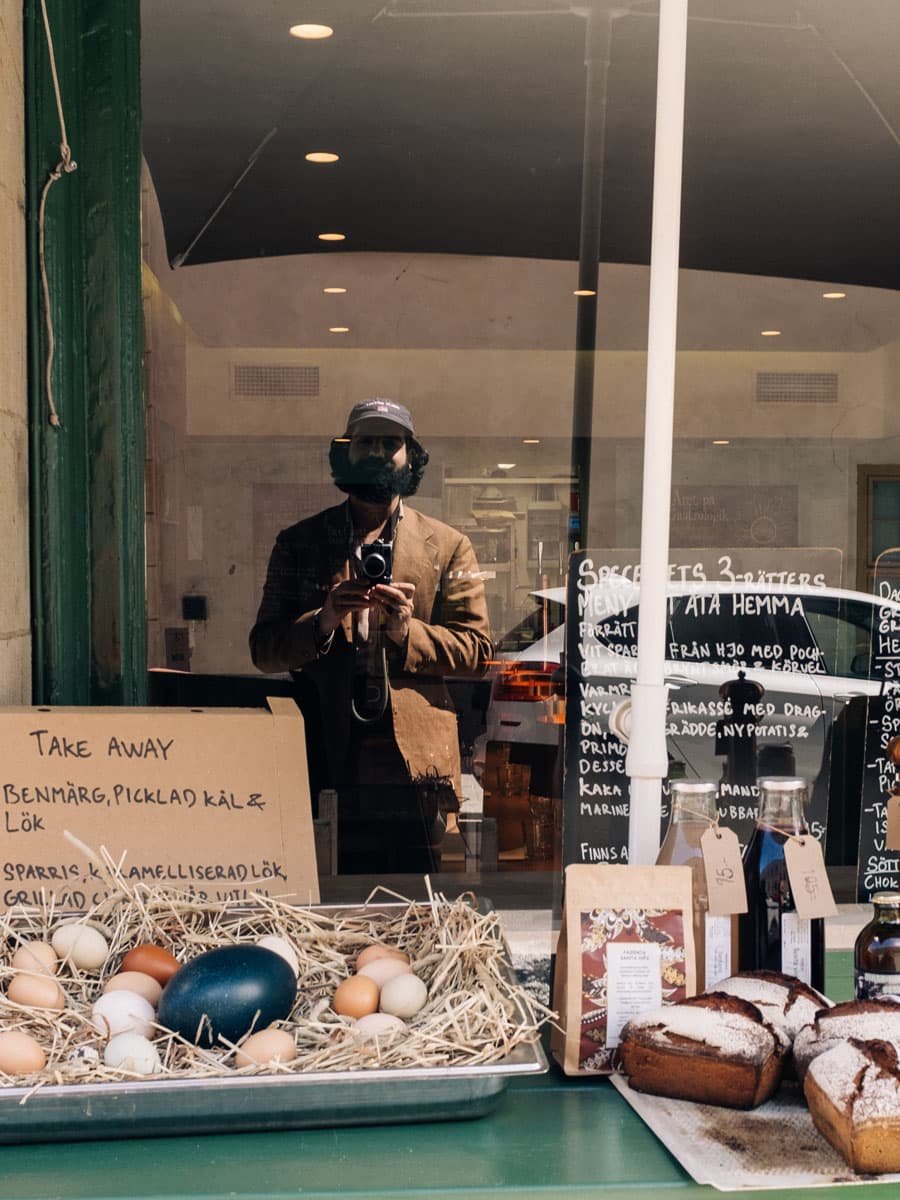
“You reach a certain point where Instagram likes don’t cut it anymore,” he continues. “I guess I’m trying to go beyond creating good visual content that people like, to having a fundamental message to portray when I shoot. In my street style work, I like guys who challenge convention in clothing. If I see someone who’s not following the rules, that’s far more interesting to me than someone who’s done everything perfectly. For me, it’s about portraying those guys who have style that’s tricky to replicate. Very few guys can dress like a Ralph Lauren campaign model and get away with it, for example.”
Where is Abedi’s working going next, then? “I’m still trying to figure that out,” he says pensively. “I guess I just want to reach a point where my work is driving forward to conversation around menswear, and what makes a man truly stylish.”
If you ask us, he’s already doing just that.
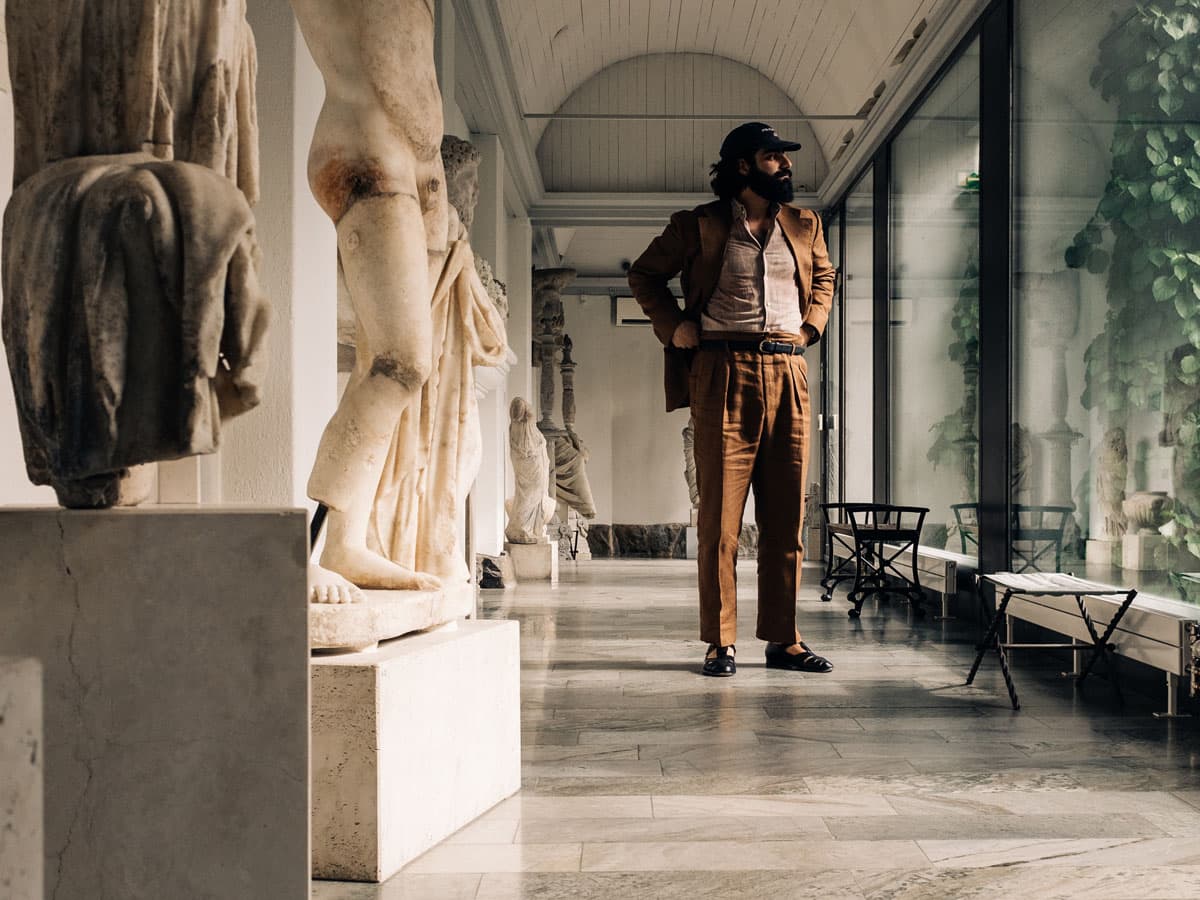
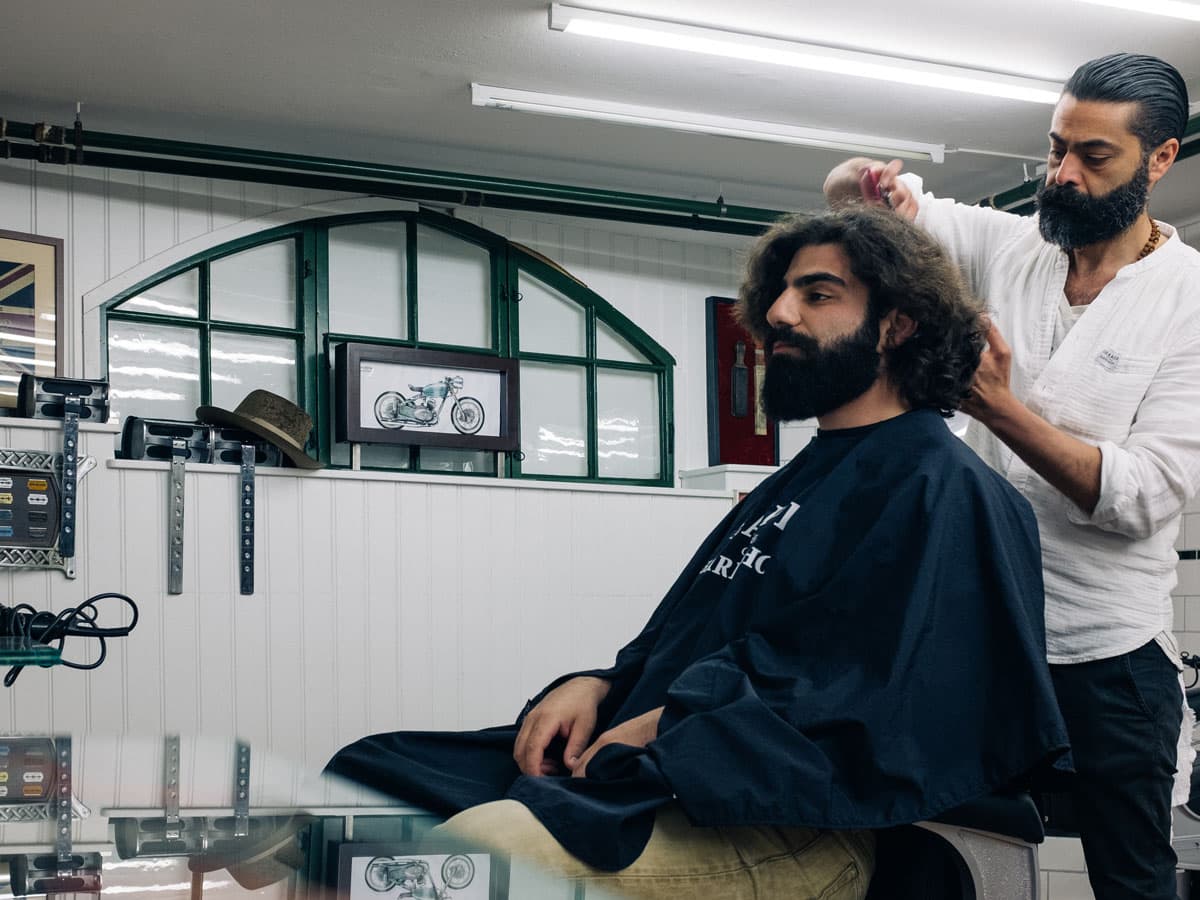
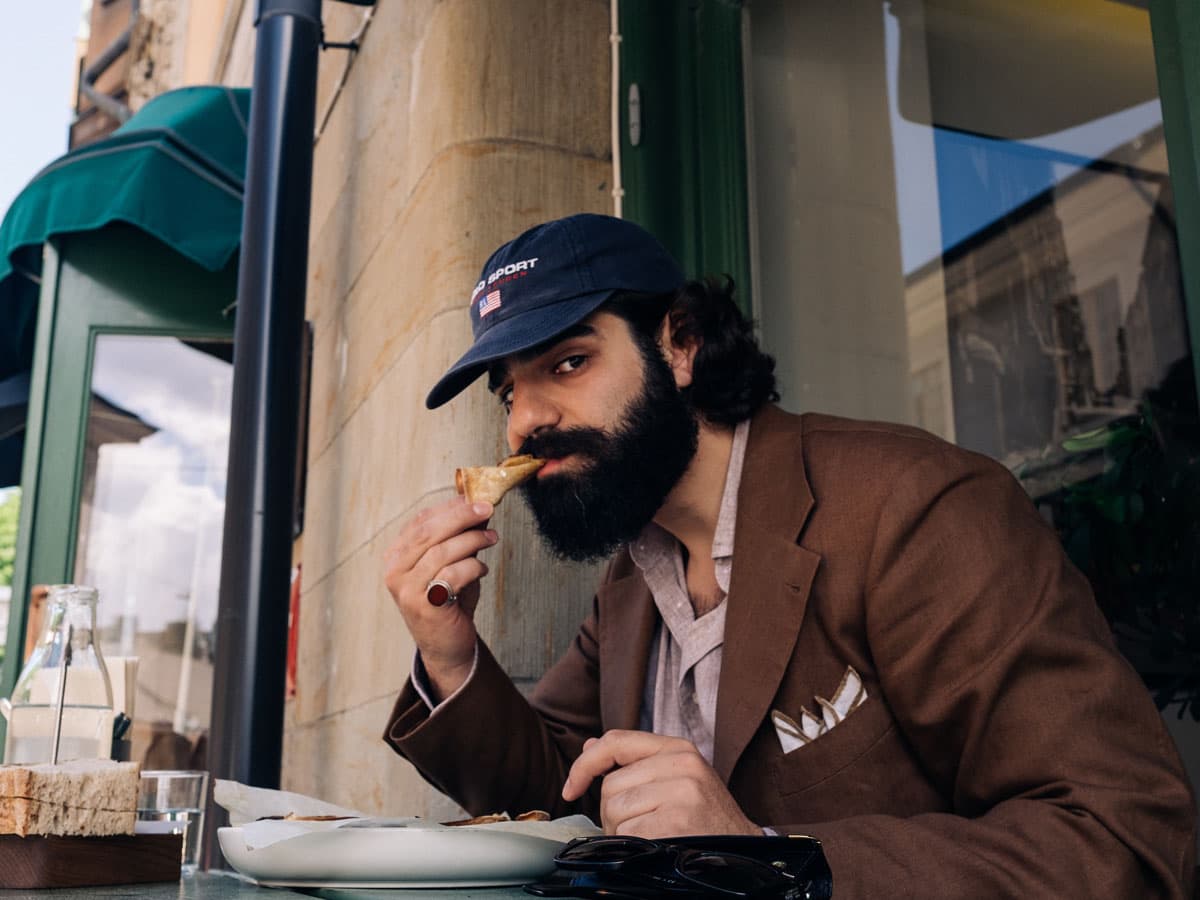
Milad’s Stockholm
Östermalms Korvspecialist is an authentic little hot dog stand right by my office when I get off the subway. I get lunch here at least twice a week – the Kabanos is the real deal. Good food, quickly.
The Nationalmuseum opened up around a year-and-a-half ago after several years of renovations, and it’s free to visit most of the galleries. It’s right behind my office and a great place to pop in and hang-out if you need to take a break from the hustle of the city.
Millesgården is a sculpture museum in the converted former studio of famous Swedish sculptor, Carl Milles. It’s another great place to explore. It is on an island called Lidingö, which is quite close to the city centre but with its own look and feel.
The Burgundy is my go-to place for dinner in town; it’s a relaxed little restaurant that seats maybe 20 people. It’s got a great wine list and food’s simple but well cooked. They have daily meat and fish specials too. Try the steak tartare.
Grafford was one of the first shops I started to frequent when I got into clothes. It’s the main source of Crockett & Jones shoes in Sweden and they have an old-school cobbler’s station to repair shoes in the basement.
Bar Agrikultur is another great restaurant for dinner. They do sharing plates and smaller dishes really well. Expect tasty, simple Swedish food. They also have a phenomenal T-bone steak.
For modern Swedish food Oaxen Slip is pretty good. You can catch a boat from the central docks to get to it or take a train, but it’s worth the journey. I go there for lunch meetings when I don’t have to go back to the office afterwards.
Speceriet is the sister restaurant to Gastrologik, which has two Michelin stars to its name. On Fridays they always have a speciality dish: half a chicken with roast potatoes and vegetables – it’s basically the Swedish equivalent of a British roast dinner.
And his favourite haunts in Gothenburg
Sharper Barber Shop is my barbers, founded by a guy called Homan who’s become a great friend. As far as barbers go, his shops are the real deal. I always call ahead on the train down from Stockholm and he squeezes me in between other clients.
Broadway & Sons is a family run vintage and thrift clothing store. It’s a short walk to the train station and usually my first stop in the city, luggage and all, to chat with my friend Nathaniel and have him talk me into picking up something. Last time around it was a US-made Gulf War era ‘chocolate chip’ camouflage overshirt.
You can explore Milad’s work on Instagram.
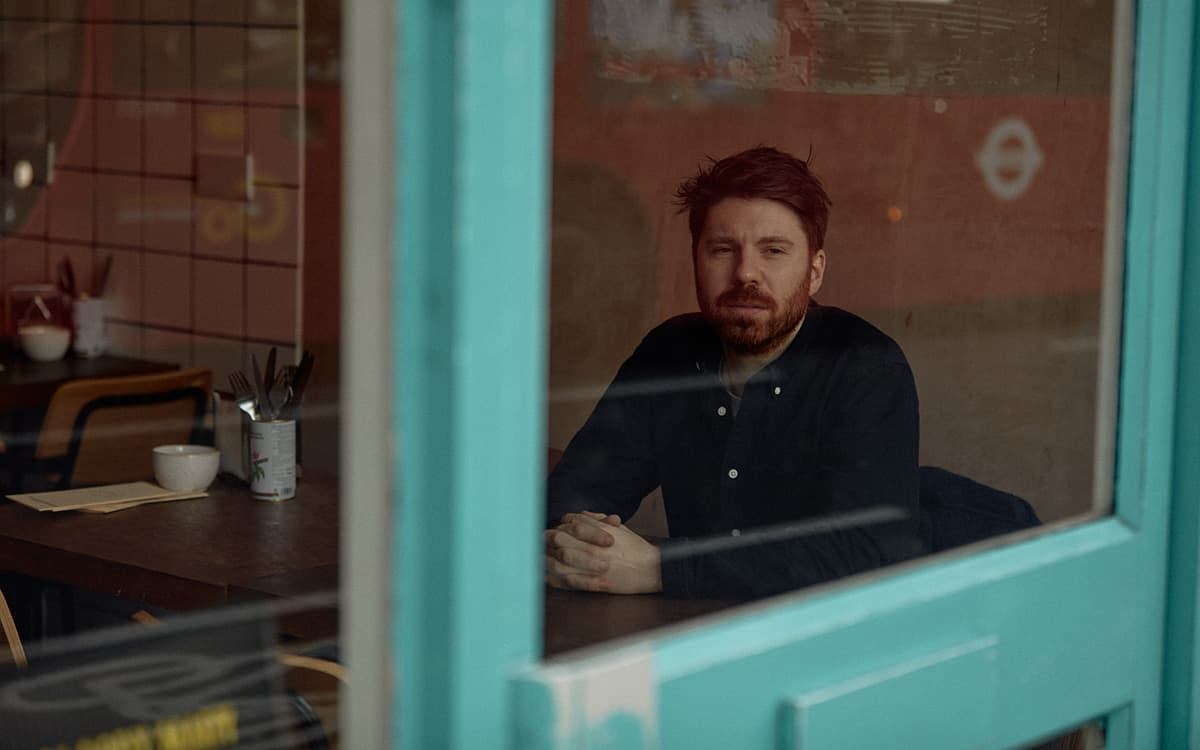
An artist’s guide to London, with Jonathan Lawes
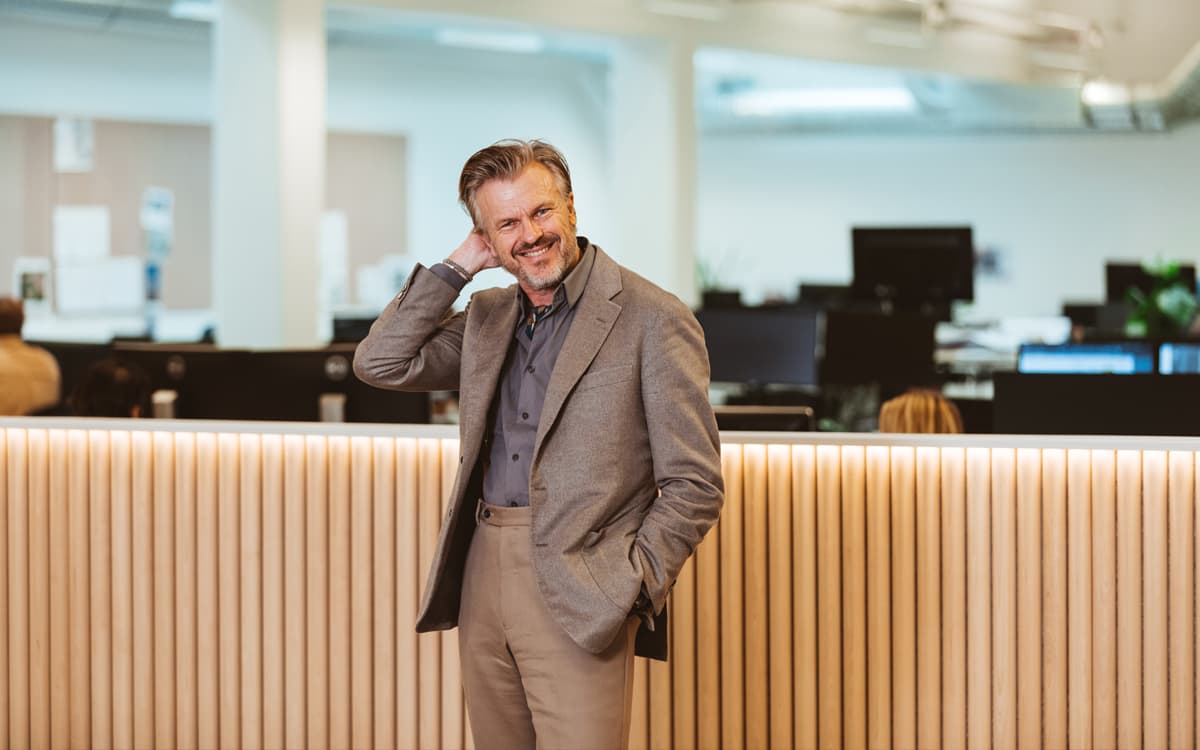
Thomas Sandell: Designed for life
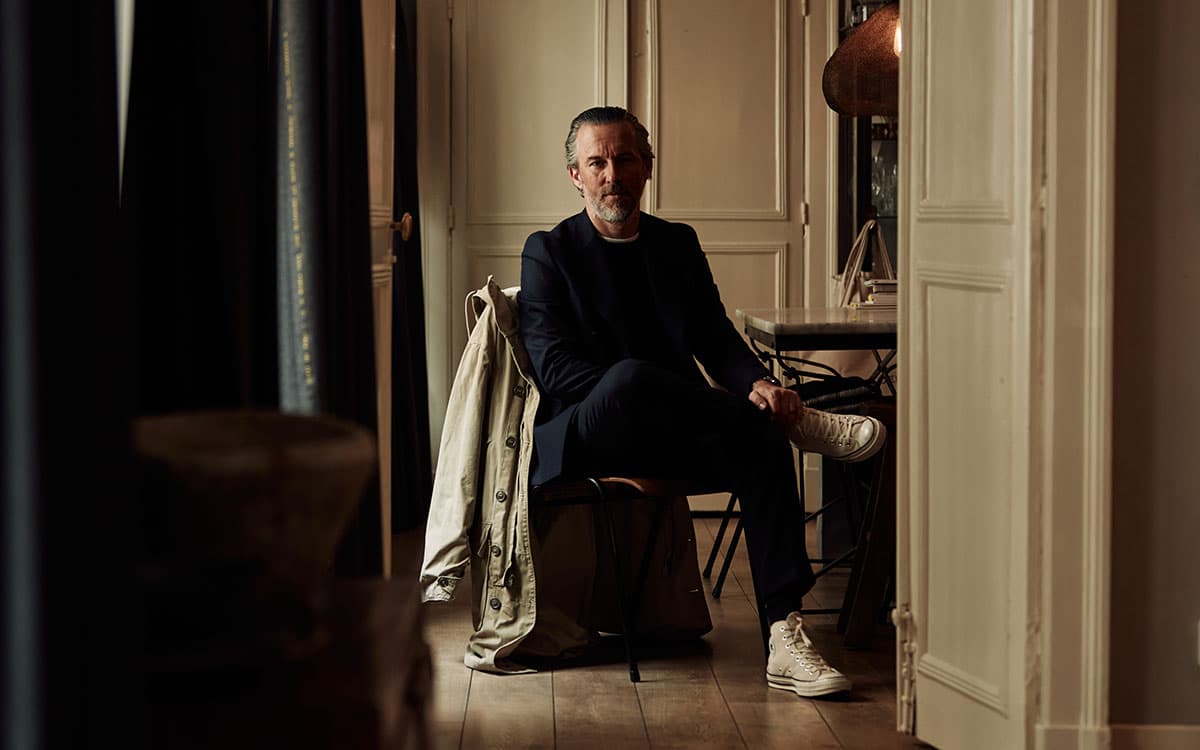
Pierre Mahéo’s favourite parka
Cotonificio Albini S.p.A. - Via Dr. Silvio Albini 1, 24021 Albino (BG) – Italy
Società con unico socio - diretta e coordinata da Albini Group S.p.A.
P.I. 01884530161 - C.F. 08743540158 - Iscritta al Registro Imprese di Bergamo - REA 244649
Capitale sociale sottoscritto e versato € 11.170.960